Trondheim's Pilot City Activity: Cities as a Test Bed for Climate Neutrality: Implementing Carbon Capture and Storage (CCS) in Waste-to-Energy for a Net-Zero City

Background
The City of Trondheim has just adopted a new strategic Energy and Climate Plan, focusing on becoming a climate-neutral, energy-smart, circular and climate-resilient city. The key is to succeed with citizen engagement, just transition and co-benefits.
The City of Trondheim is dedicated to becoming climate-neutral by 2030 and must reduce GHG emissions considerably. The three main emission domains are road traffic, energy production connected to waste handling, and building and construction. To become net-zero, carbon capture and storage (CCS) at the Waste-to-Energy-plant (WtE) is necessary.
Citizen engagement is crucial for the success of this pilot: Enthusiastic and engaged citizens and businesses are key stakeholders that can speed up the decarbonisation across all emission domains.
The three main barriers to be addressed in the pilot include:
- Viable business model for WtE-CCS. Complex private-public partnership, including the +70 municipalities and industries who deliver residual waste to the plant.
- Costs associated with the transport and logistics solutions for carbon captured from the WtE plant, including cost-efficient solutions to be developed with relevant stakeholders.
- Lack of knowledge and awareness about CCS and the need for urgent climate measures across emission domains, both within the municipality (administration and political), citizens, and other stakeholders such as industry and business.
Description of Activities
Project activities include:
1. Develop knowledge, raise awareness and ensure societal and political acceptance for implementing WtE-CCS as part of the city’s ambition of becoming climate neutral.
2. Develop a viable business-model for implementing WtE-CCS, including financial incentives for biogenic carbon emissions.
3. Develop a roadmap on systemic inclusion of CCS and carbon removals in cities climate action plans in Europe, including principles for a fair business model.
4. Develop the systemic knowledge and capabilities of the city to overcome other key barriers for climate neutrality by 2030.
Objective
The pilot activity addresses how Carbon Capture and Storage (CCS) from fossil and biogenic carbon emissions from the Waste-to-Energy can be part of making the city climate neutral by 2030, and thereby integrates CCS from a hard-to-abate sector into a climate neutrality governance model at city level.
Are the pilot activities building upon or part of a previous and/or existing activity?
The City of Trondheim has been committed to climate action planning for over two decades. Since 2018, the city has adopted a “climate budget” as the management framework which integrates climate targets into the municipal budget and decision-making processes.
Moreover, this pilot activity benefits from synergies with existing projects within the city, particularly in energy system optimisation, circular economy and citizen engagement. The Waste-to-Energy plant serves a dual purpose: waste management and energy production. The district heating system reduces electricity demand for heating and makes electricity available for other purposes such as the electrification of the transport sector. The decarbonisation of this facility is crucial for Trondheim to become climate-neutral.
Which emissions domains will the pilot activities address?
Systemic transformation – levers of change the pilot activities will exploit
Stakeholder types that the city would like to engage in the pilot activities
Transferable features of the pilot activities to a Twin City/ies
- Insights into the role collaborative tools such as stakeholder dialogue and citizen assemblies can play in securing societal acceptance not only for the measure itself, but also for the needed business model.
- Knowledge on how a city can combine WtE-CCS with ambitious measures to reduce waste production, improve the climate footprint from consumption, and strategies and measures to develop the city towards a circular economy.
- Establishing private-public partnerships and sustainable business models can serve as a catalyst for systemic change in the waste and energy sectors.
- The proposed pilot project will strive to learn from other WtE- CCS projects (such as Oslo and the KAN-network), and in turn generate new knowledge to be shared with other cities and regions. Insights from the project can furthermore be relevant for other hard-to-abate sectors, notably the process industries.
This answer is not exhaustive and simply an indicative one.
Enabling conditions that will support the successful replication of your pilot activities in the Twin City
Strong interest towards Carbon Capture and Storage/Carbon Capture, Utilisation and Storage, and/or an urgent need to develop and implement climate measures, to reach the City’s climate goals.
This answer is not exhaustive and simply an indicative one.
What does the city want to learn from Twin City/ies?
1. Best practices for citizen engagement.
2. Best practices for stakeholder involvement.
3. How to facilitate for a mass market for carbon removals (market platforms, price forecast, customer attractivity etc).
4. Best practices for combating major emission domains within a city >200.000 inhabitants.
This answer is not exhaustive and simply an indicative one.

